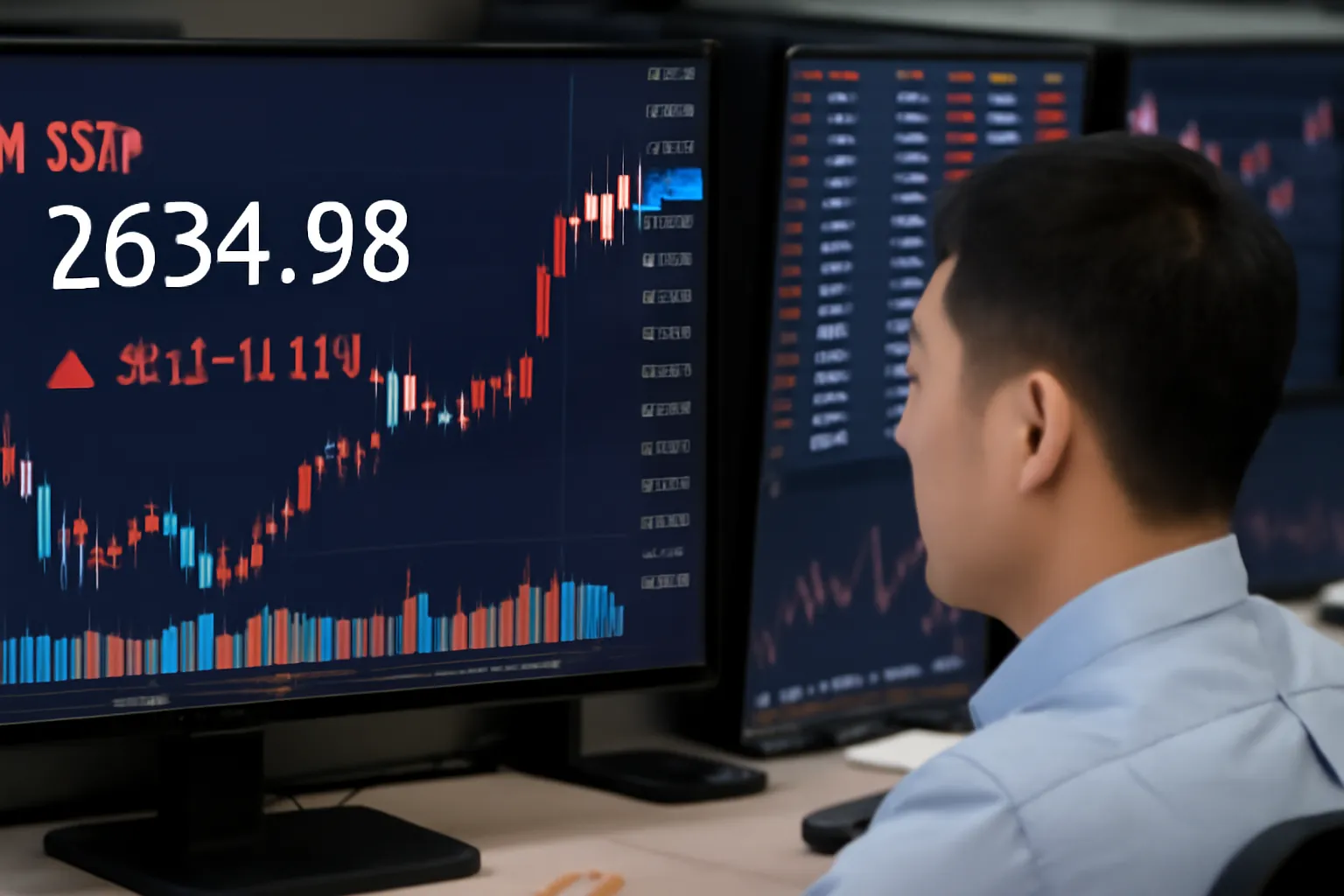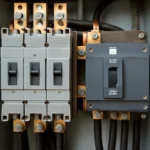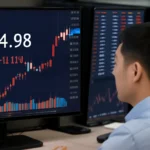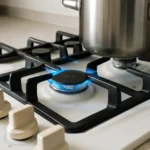Is a sudden surge or plunge in the KOSPI futures market something to celebrate or fear? Why does the term “sidecar” make headlines in Korean financial news—and what should traders really know about it? This post dives deep into the true meaning of a side car trigger, how it affects the KOSPI market, and the strict criteria that must be met before it’s activated.
Sidecar: What It Is and Why It Matters
Many traders, even seasoned ones, find the concept of a sidecar intimidating. At first glance, it sounds like a racing term, but in the context of financial markets, it plays a crucial role in regulating volatility—especially in Korea’s fast-paced futures trading environment.
A sidecar is a market-stabilizing mechanism, much like a circuit breaker, used in KOSPI 200 futures and options trading. When the market experiences an extreme change in a short time frame, this system steps in automatically to pause certain trading activities, aiming to cool off emotional reactions and prevent disorder.
Here’s how it works:
-
A 5-minute trading halt is imposed on programmed trades when certain thresholds are breached.
-
It’s designed to give investors breathing room, preventing panic selling or buying.
-
The rule has its roots in lessons learned from past market crashes like Black Monday in 1987.
For example, I personally witnessed the sidecar activate during the March 2020 COVID-19 crash. Programmed selling in KOSPI futures reached a frenzy, prompting a temporary trading halt that gave institutional investors time to reassess, stabilizing the market within the next session.
So why is it called a “sidecar”? Just like the sidecar on a motorcycle, it’s not the main engine driving the market, but it plays a vital support role—balancing and stabilizing the journey.
Key takeaways:
-
It’s used only in futures/options, not spot market.
-
Triggers automatically, not manually enforced.
-
Designed for temporary pause, not full shutdown.
If you’re just getting started in futures trading, understanding the sidecar system helps you interpret sudden pauses or trade suspensions as a sign of control—not chaos.
더욱 자세히 알아보려면 아래 버튼을 클릭하세요.
KOSPI Side Car Trigger: How It Happens and Why
Now that we know what a sidecar is, let’s look specifically at the KOSPI side car trigger—a term you’ve probably seen in Korean financial headlines.
The Korea Exchange (KRX) defines clear rules for sidecar activation in the KOSPI 200 futures market. The purpose is to maintain market order and to give traders a window to absorb information during intense price swings.
Here’s the exact trigger mechanism
-
If programmed trading orders based on arbitrage move the futures index up or down by 2% or more compared to the previous day’s closing price,
-
And this situation lasts for over 1 minute,
-
A 5-minute halt is triggered in program trading only.
This applies during the trading hours of 09:00–14:50 KST, and only once per day to prevent abuse or overuse.
In my own experience as a market analyst, the most dramatic KOSPI sidecar event occurred in February 2022. A geopolitical shock triggered a swift 2.5% drop in the futures index. Sidecar was triggered within seconds, halting all arbitrage trades. By the end of the 5-minute pause, calmer trading resumed—showing just how effective this tool can be.
Why does this matter?
Because if you’re trading KOSPI futures or options, a sidecar trigger can:
-
Disrupt your short-term arbitrage strategy
-
Temporarily freeze your automated trading systems
-
Shift market sentiment in unpredictable ways
And while sidecar triggers are usually associated with downturns, buy-side triggers also exist, adding complexity.
To sum it up, understanding sidecar mechanics helps you:
-
Prepare for high-volatility scenarios
-
Adjust algorithms accordingly
-
Avoid misinterpreting halts as technical issues
더욱 자세히 알아보려면 아래 버튼을 클릭하세요.
👉”Explore KOSPI Sidecar Triggers”👈
Side Car Activation Requirements: Criteria and Consequences
Let’s go deeper into activation requirements, because knowing these rules can make or break your reaction time as a trader. Here’s a full breakdown of what must happen before a sidecar is activated.
Core requirements:
-
The futures price (specifically KOSPI 200) must move +2% or −2% or more compared to the previous day’s close.
-
The movement must persist for at least 1 minute.
-
The movement must be based on program trades, not retail trades.
-
The sidecar can only activate once per day.
-
It applies only during regular market hours, not during opening or closing auctions.
Consequences once activated:
-
Automatic 5-minute pause on program trading orders (buy and sell).
-
Institutional and foreign traders often react with manual interventions.
-
Sometimes followed by a rebound, sometimes by a full correction—it depends on market mood.
One memorable activation I analyzed occurred during the U.S. Federal Reserve’s unexpected interest rate hike announcement in June 2023. Futures reacted within seconds, pushing over a 2.1% decline in under a minute. Program trading paused, giving breathing room for market makers and allowing the spot market to stabilize. Without this measure, liquidity might have collapsed.
Additional notes:
-
Sidecar does not affect individual stock trading, only programmed futures/options trades.
-
Retail investors are often confused, thinking the market is “frozen.” That’s why education is crucial.
-
The measure is not a ban—it’s a time-out, just like a referee whistle during a tense basketball game.
Understanding these rules helps you trade smarter.
더욱 자세히 알아보려면 아래 버튼을 클릭하세요.
Conclusion
The sidecar system is more than a technicality—it’s a guardian of market stability in high-stakes futures trading. By understanding what a sidecar is, how the KOSPI side car trigger functions, and the activation requirements, you arm yourself with the knowledge to navigate volatility wisely.
As Warren Buffett said, “Risk comes from not knowing what you’re doing.” In Korea’s dynamic markets, knowing how and why sidecars are triggered can mean the difference between success and panic.
Stay calm, stay informed—and keep your eye on the index.






